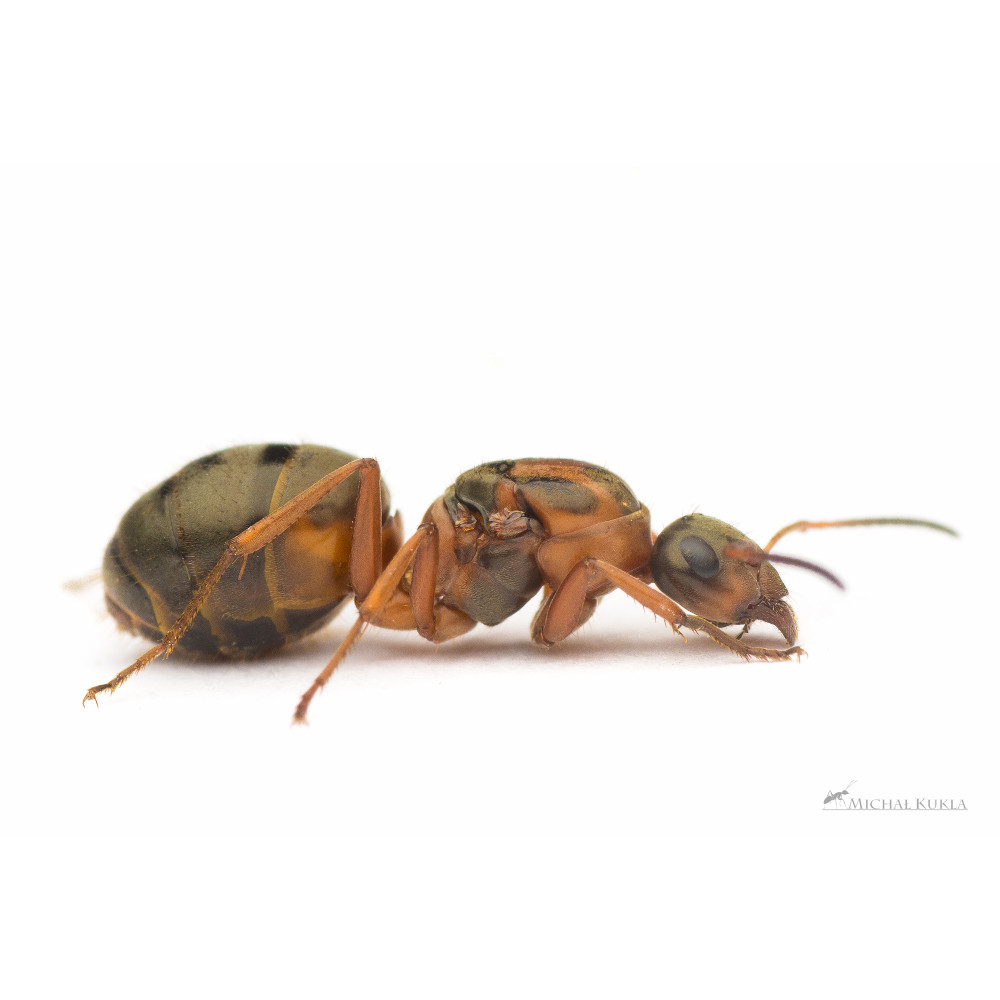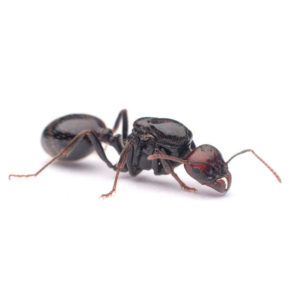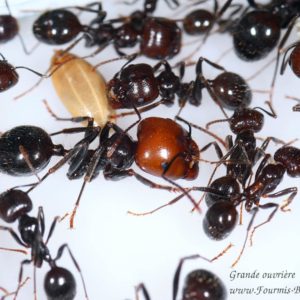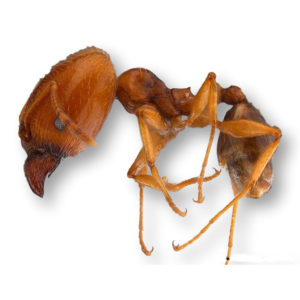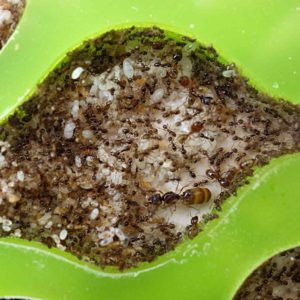Formica sanguinea – Colony with Queen and Workers
Slave ants capable of raiding F. fusca and other Formica in order to enslave captured workers still in cocoons! An extraordinary mix to observe in captivity.
Description
The Ant Farming Charter on our Formica sanguinea:
– Raised by a specialist in optimal conditions, guaranteed free of parasites,
– Health demonstrated by the laying of the queen and the presence of brood on shipment,
– No “boost” (addition of brood or external workers to sell the colonies faster),
– Guaranteed delivery in good health: partial refund in case of loss of workers, total in case of loss of the queen (if delivered within 48 hours),
– Supplied with a care sheet and a health sheet,
– Species present in France, non-invasive and not threatened,
– Colony taken back and costs covered if you wish to part with it (see conditions).
______________________________________________________________________________________________
Reality goes beyond fiction with the Formica sanguinea, accustomed to attacking Serviformica colonies in order to capture the cocoons that will be born within the F. sanguinea. Realizing nothing, the new workers will be adopted and work for the colony that captured them.
The foundation of new colonies of Formica sanguinea also works on this principle: the future queen flies away for mating, then looks for a colony of Formica fusca. She settles nearby and steals cocoons that will give servant workers later, and can end up killing the Serviformica queen in order to replace her.
An empire is born...
In captivity, you can offer Formica sanguinea cocoons of Formica fusca, or even try to observe their behavior by putting two colonies in contact... But once the colony of F. sanguinea is established, the slaves are no longer necessary and the colony live independently.
Like all Formicas, it can defend itself and hunt with the help of formic acid, and its strong aggressiveness allows it to feed on various insects.
Queen shipped in a tube with a few Formica fusca workers from the eggs laid by the Formica sanguinea queen to ensure her health.
Size of queen: about 9-11mm
Size of workers: about 7-9mm
Food: sugary protein liquids, jellies, insects.
Humidity: Low to medium,
Temperature: 27°C during the day on part of the nest, a little less at night (not less than 19°C).
Wintering: 6 to 12 weeks at 8 to 17°C. Keep an eye on the humidity and continue to feed the ants during this period.
Photos: © Christophe Quintin
| Latin name: | Formica (Raptiformica) sanguinea | |
| Common name : | Slave ant (not to be confused with Polyergus). | |
| Taxonomy: | Subfamily: Formicinae Genus: Formicini | |
| Difficulty : | (2) Relatively easy to raise (much more so than Formica rufa) after foundation. Beware of stress, especially in restricted environments due to formic acid. | |
| Distribution : | All of Europe, rather in a temperate environment, mountains, countryside... | |
| Natural habitat : | Seeks the heat, appreciates the edges of forests, sandy, grassy areas. | |
| Number of queens: | polygynous, may have several queens per colony. | |
| Queen : | Size: 9 – 11mm Color: Head and thorax reddish, gastro black. | |
| Workers: | Size: 6 – 9mm Color: Reddish head and thorax, black star. | |
| Soldiers: | No soldiers or major. | |
| Males: | Size: 7 – 10mm Colour: Black | |
| Feed : | Sweet liquids, millet, insects, fruit nectar, pollen. | |
| Humidity : | Hunting area: ambient humidity. Nest: About 50-75% of the surface of the nest should be moist, with a very moist spot preferably. | |
| Temperature : | Hunting area: 18 – 28°C Nest: 21 – 24°C (a hot spot at 28°C is very favorable for growth). | |
| Hibernation: | Obligatory, long and cold. From the end of October until February or March between 5 and 15°C, after heavy feeding. | |
| Natural nest: | Builds its nest in the ground, under stones, sometimes in dead wood. May form a small dome of twigs. | |
| Artificial nest: | Hybrid nest Ant farming Plexiglas/plaster, nest that can be dug, avoid all Plexiglas and nest that is too dry. | |
| Nest size: | Start quite small, but plan at least 8mm high (Minora, Medium…). | |
| Substrate: | Sand and clay mixed. Or nest without substrate. | |
| Plants: | Lives in contact with plants colonized by aphids, to feed. Difficult to breed in captivity. | |
| Decoration: | No materials likely to rot. | |
| Summary : | Raptinomica sanguinea is a social parasite, the queen intrudes into the colony of slave ants and the adult colonies raid other colonies of the genus Serviformica, such as fusca. | |
| Life cycle : | Swarming: from mid May to the end of June Foundation: monastic (the queen lives on her reserves and leaves alone, and tries to parasitize Serviformica. Maximum population: Estimated at a few thousand individuals. |
|
| Quantity on sale: | 1 mated queen guaranteed, see option. | |
| More informations : | - Reference |
Further information
| Weight | 0.2kg |
|---|---|
| Number of workers | |
| Young colony feeding area | Tube + Plexi feeding area, Tube with ants only |

